Able UK
In an extremely competitive tender process Keystone Habitats, working in conjunction with Keystone Ecology, won the contract to deliver a Great Crested Newt translocation exercise to facilitate the expansion of Able Marine Energy Park, Grimsby.
What did we do?
- Undertook checks for nesting birds.
- Conducted sensitive clearance of long grass and scrub on the proposed newt fence alignment.
- Supplied and installed 12km of temporary newt capture fencing.
- Supplied and installed 2km of semi-permanent newt exclusion fencing.
- Provided and set in place over 3000 pitfall traps and carpet refugia for the capture process.
How did we do it?
- Close liaison between our Habitats Contract Manager and the client on award of contract to confirm their exact requirements and identify any potential delivery issues.
- Creation of an on-site holding facility to which all materials were delivered straight from the manufacturer, thus reducing haulage time and speeding up site mobilisation.
- Regular communication with the ecologists, in this case our in-house ecology team, to ensure the fencing and capture apparatus layout met the required of the site European Protected Species (EPS) licence.
- Pre-commencement mark-out of the fence alignment and sign off by the client and ecologist.
- Sensitive 2 stage vegetation clearance using a height adjustable flail on a compact tractor operated by an ecologically trained Habitats Foremen.
- Installation of newt fencing plastic at an exceptionally rapid rate using our Ditch Witch XT850 tracked multi tool carrier, the only one of its kind in the UK.
What were the outcomes?
- Work commenced on site 4 days after award of contract.
- 15km of fencing and over 3000 capture apparatus were installed in 10 days, 1 day ahead of programme.
- Translocation commenced on time in accordance with the licence work schedule.
- The contract was delivered on budget and was signed off to standard first time by the ecologists.
This entry was posted in Case Studies, Habitats, Major Infrastructure, Renewables. Bookmark the
permalink. Both comments and trackbacks are currently closed.

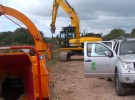
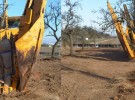
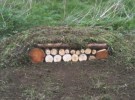


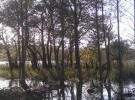
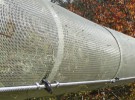
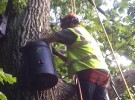

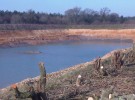

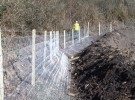
Great Crested Newt Fencing and Capture Apparatus
Able UK
In an extremely competitive tender process Keystone Habitats, working in conjunction with Keystone Ecology, won the contract to deliver a Great Crested Newt translocation exercise to facilitate the expansion of Able Marine Energy Park, Grimsby.
What did we do?
How did we do it?
What were the outcomes?